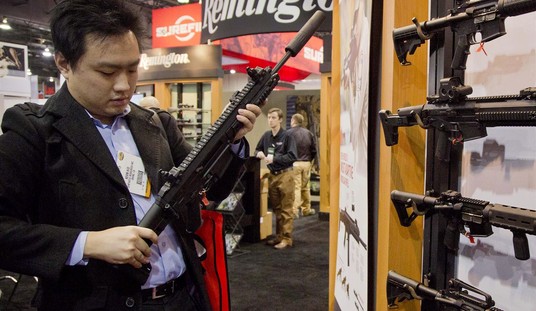

Thomas R. Norris Michael E. Thornton
Oct. 31, 1972: U.S. Navy SEAL Petty Officer (future lieutenant) Michael E. Thornton; his commanding officer, Lt. Thomas R. Norris; and three South Vietnamese Naval commandos are conducting an intelligence-collection and prisoner-snatch operation deep behind enemy lines when they are discovered by a force that outnumbers them at least 10 to one.
Fierce, close fighting ensues. Thornton and Norris are both wounded, Norris badly.
As the team begins a fighting withdrawal toward the beach, Thornton learns that Norris is down, perhaps dead.
Thornton races back through a hailstorm of enemy fire to find and retrieve his commander – dead or alive.
Thornton finds Norris, kills two enemy soldiers who are standing over his wounded commander, then hoists Norris onto his shoulders and sprints back toward the beach for several hundred yards under heavy enemy fire.
When he hits the surf, Thornton ties Norris to his own body and starts swimming. When he sees one of the South Vietnamese commandos shot in the hip and unable to swim, Thornton grabs him too; swimming both men out to sea for more than two hours before they are rescued.
For his actions, Thornton will receive the Medal of Honor.
Norris will survive and receive the Medal himself for a previous action.
Nov. 1, 1904: The new U.S. Army War College opens its doors to three majors and six captains, among them Capt. (future General of the Armies) John J. “Black Jack” Pershing.
According to Samuel J. Newland writing for Parameters, during the college’s formative years, “the instructional methodology … was reminiscent of the Prussian system of training general staff officers.”
Nov. 2, 1783: Gen. George Washington delivers his “Farewell Address to the Army” near Princeton, N.J., in which he refers to the Continental Army as “one patriotic band of brothers.”
Of his soldiers, whom he says displayed “invincible fortitude in action,” Washington offers his “prayers to the God of Armies,” adding that “may the choicest of Heaven’s favors both here and hereafter attend those, who under the divine auspices have secured innumerable blessings for others.”
Nov. 5, 1915: Nearly five years to the day after aviation pioneer Eugene B. Ely makes the first airplane takeoff from a ship, Lt. Commander (future Capt.) Henry Mustin becomes the first American to make a catapult launch from a ship underway. Mustin is catapulted from USS North Carolina (the second of six so-named American warships, including one submarine and one Confederate ironclad) in a Curtiss AB-2 flying boat.
Mustin, considered in some circles to be the “father of Naval aviation,” is also the grand patriarch of the Mustin Naval dynasty.
Of that dynasty, Capt. Louis Colbus, U.S. Navy (Ret.), a former commander of Destroyer Squadron Two and the former chief of staff for Carrier Battle Group Eight, says, “Mustin flag-officers and others have led our Navy for nearly a century from aviation firsts to shipbuilding design and concepts to nuclear testing at the South Pole to battle-group tactics at sea, and at the same time inspiring generations of American sailors.”
Nov. 5, 1917: U.S. Army Maj. (future Brig. Gen.) Theodore Roosevelt Jr. and his younger brother Lt. (future Lt. Col.) Archibald Roosevelt, both sons of former Pres. Theodore Roosevelt (a former U.S. Army cavalry colonel who received the Medal of Honor for actions during the Spanish-American War), lead the first American patrol into “No Man’s Land” during World War I.
No enemy contact is reported.

Brig. Gen. Theodore Roosevelt Jr.
Like his presidential father, Theodore Roosevelt Jr. will receive the Medal of Honor, but the younger Roosevelt’s Medal will be for actions during the next world war, specifically the Normandy invasion, June 6, 1944.








Join the conversation as a VIP Member